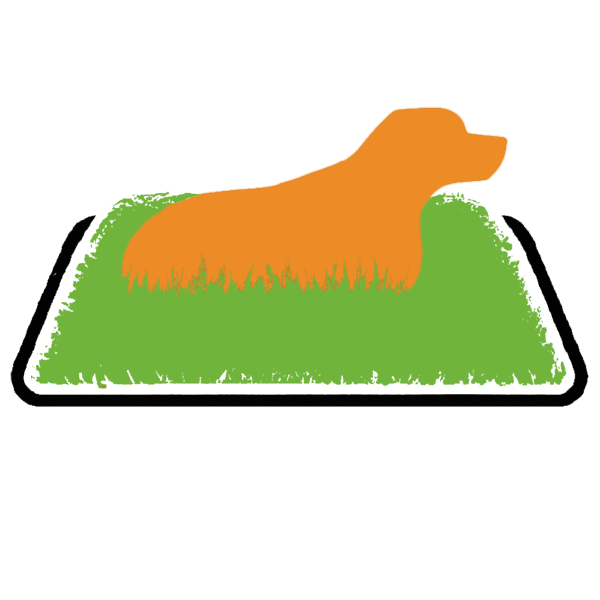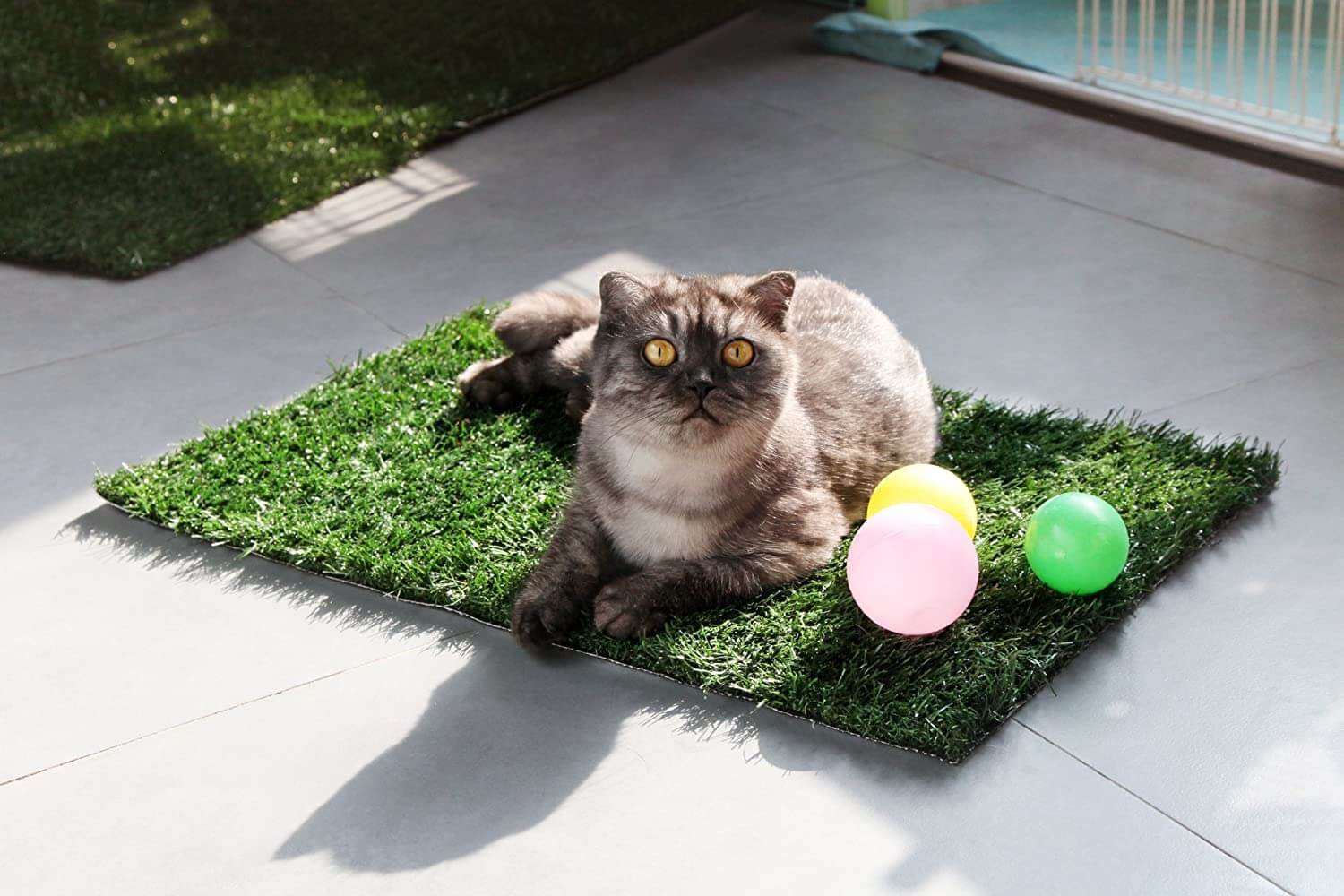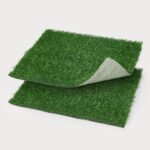1.IntroductionThe issue and why it's important
People who love their pets question the need to potty train a puppy using training pads. Going outside is better than training pads, but they are a great compromise until your pet grows.
As with any other new technology, it has drawbacks and pros. This is true regarding training pads, too, but only some are as bad as it seems. They have been proven to be better than newspaper or electric fences because they can hold the smell for hours, so your pup won’t have an accident in a different spot in the house or yard. They are also machine-washable and less likely to cause skin irritation. One drawback is that the pads can be more expensive than newspaper or electric fence alternatives.
Dogs will always remember where you put their potty patch and will always return there if they need to go again!
2.Overview of the arguments for and against using training pads
Training pads are great for a quick change of scenery and to help new dogs with potty training. But some people say that they are not worth the effort and money spent.
1.Arguments for the use of training pads:
-Training pads help eliminate old, smelly, dirty, or wet patches on the ground and prevent outdoor accidents.
-Training pads help prevent messes that can be hard to clean up while traveling with a dog.
-Training pads are great for what they promise, but sometimes it takes work to find places where this is possible in public areas.
2.Arguments against the use of training pads:
-It’s not worth the time and money spent on them because dogs still have accidents in busy areas like parks or trails. Consider investing your time in more helpful things like pet insurance instead of a tiny one. – Training pads lie about making picking up after your pet more accessible, but if you don’t have time to clean
3.My position on this issue
The litter box is a necessary item for a dog. This is why it should be easy to find the right one for your pet, and with this guide, you will be able to find out what we believe to be the best options on the market.
Dogs are great companions and family members, but they also require their fair share of work in return. They need to be trained on how to use outdoor potty pads, and you can save time on this by using training pads that don’t rely on water or other liquids that can spill out of your pup’s mouth during training sessions.
The truth is that even if you are committed, there might still be some accidents around the house during potty training. With an absorbent pad like All Absorb Training Pads, you don’t need to worry about accidents as they are made from 100% recycled paper, so they will do their job without leaving any messes behind!
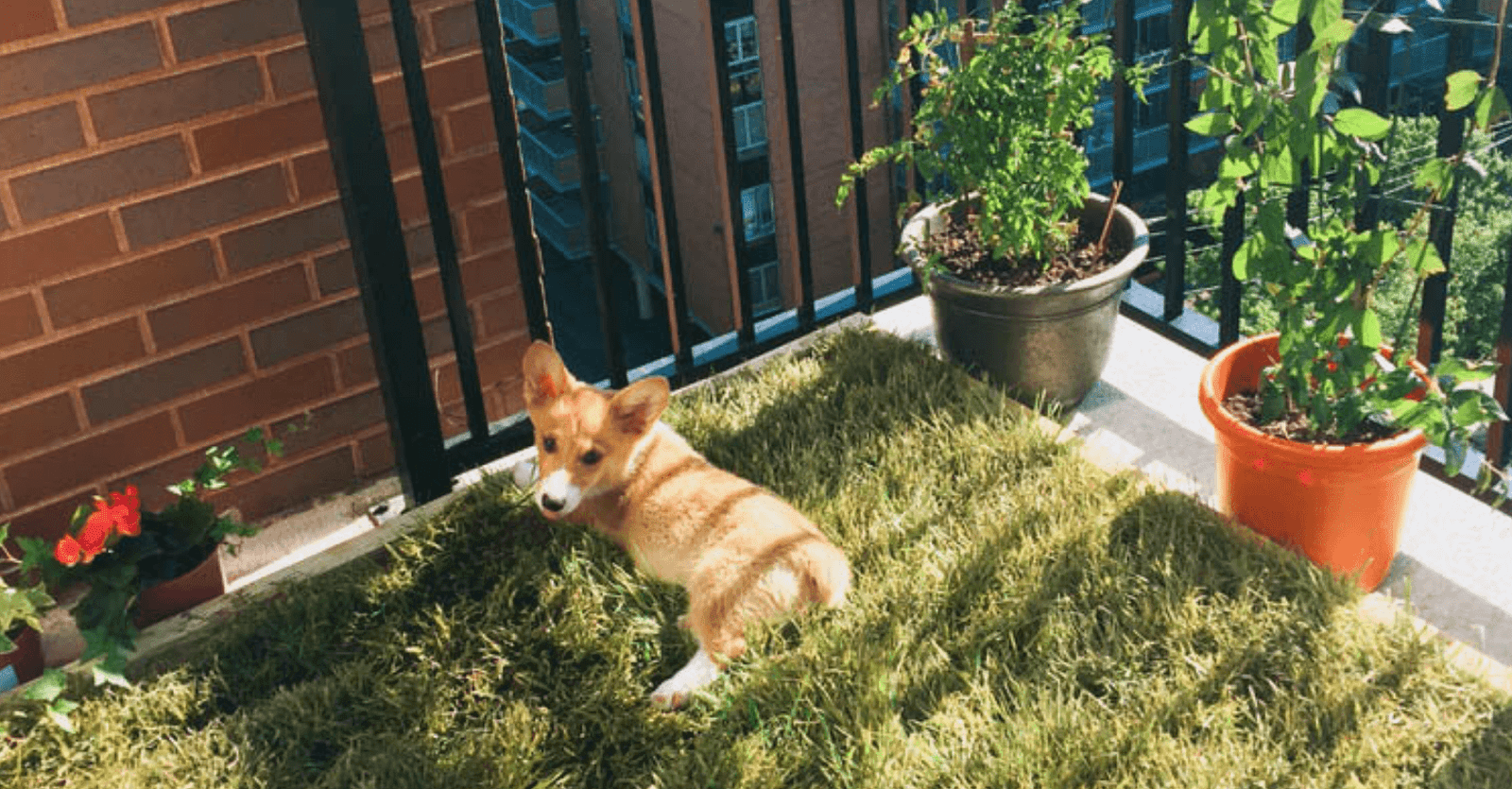
3.Pros&Cons of using training pads
Pros
- convenience and ease of use for both the puppy and owner
- Potential for faster and less stressful potty training
- Potential for use in certain circumstances
Cons
- Potential for confusion in the puppy and delayed potty training progress
- Risk of the puppy developing a preference for the training pads instead of outside
- Environmental concerns and added expense
4.Alternatives to using training pads
1.Crate training
Sometimes, it isn’t easy to find the suitable training pads. In this case, people can use alternatives such as a dog litter box, a DIY dog litter box, and an absorbent mat like a porch potty with a drain.
There are many reasons why people should switch from using training pads. First, they don’t last long and can leave messes on the floor that could attract pests or diseases. If you are looking for a replacement for your current training pad, try out these alternatives next time you need to train your pet.
2.Frequent and consistent outdoor potty breaks
Outdoor potty breaks are a common practice for most pet owners. However, some dogs are naturally inclined to sniff around, leading to messy accidents on the grass.
This is where pet poop boxes come in handy. They are designed to prevent the spread of dog poop and make sure that the grass is safe and clean. In addition to their practical use, they also act as an aesthetic feature that can make your outdoor space more attractive and pleasant.
Pet-friendly artificial turf can provide your pet with an area for potty breaks during those times when you cannot watch them or restrict their access to an actual lawn or grassy area. The artificial turf prevents messes from happening on surfaces like concrete or asphalt by providing a character that is softer and more comfortable for your dog.
3.Positive reinforcement training techniques
Many pet owners practice positive reinforcement training techniques (PRET) with their dogs. They reward their dog after using a designated area such as a pee pad or grass to prevent them from peeing in the house.
PRET techniques are not just limited to dog owners. It can also be used on cats and other pets. Some of the most popular methods are using litter boxes and grass pads and installing pet toilets where the pet can relieve themselves without bothering others in the house or garden.
This is an informative article about how a company uses PRET techniques to train its employees on how long canine pee pads should be used and what materials to use when designing an artificial turf for pets
5.Analysis of scientific research on using training pads
Potty training is an essential aspect of pet ownership, especially for dogs, as it helps to maintain a clean and hygienic living environment for both the dog and its owners. Dog owners often use various methods to train their dogs to eliminate outside or in a designated area, including training pads. Here is an overview of some of the studies conducted on dog potty training methods, including training pads:
1.Effectiveness of training pads for potty training dogs
A study conducted in 2019 by researchers at the University of Helsinki in Finland evaluated the effectiveness of training pads for potty training dogs. The study found that training pads can effectively teach dogs to eliminate in a designated area. However, the study also found that dogs trained exclusively on training pads were less likely to generalize the behavior to other areas.
2.Comparison of training pads and outdoor training for potty training dogs
A study conducted in 2017 by researchers at the University of Padova in Italy, compared the effectiveness of training pads and outdoor training for potty training dogs. The study found that outdoor training was more effective in teaching dogs to eliminate in a designated area. However, the study also found that training pads can be a useful alternative for owners who cannot take their dogs outside regularly.
3.Effectiveness of scenting training pads for potty training dogs
A study conducted in 2015 by researchers at the University of Liverpool in the UK, evaluated the effectiveness of scenting training pads with a specific odor for potty training dogs. The study found that scenting training pads can be effective in teaching dogs to eliminate in a designated area. The study also found that the dogs trained on the scented training pads were more likely to generalize the behavior to other sites.
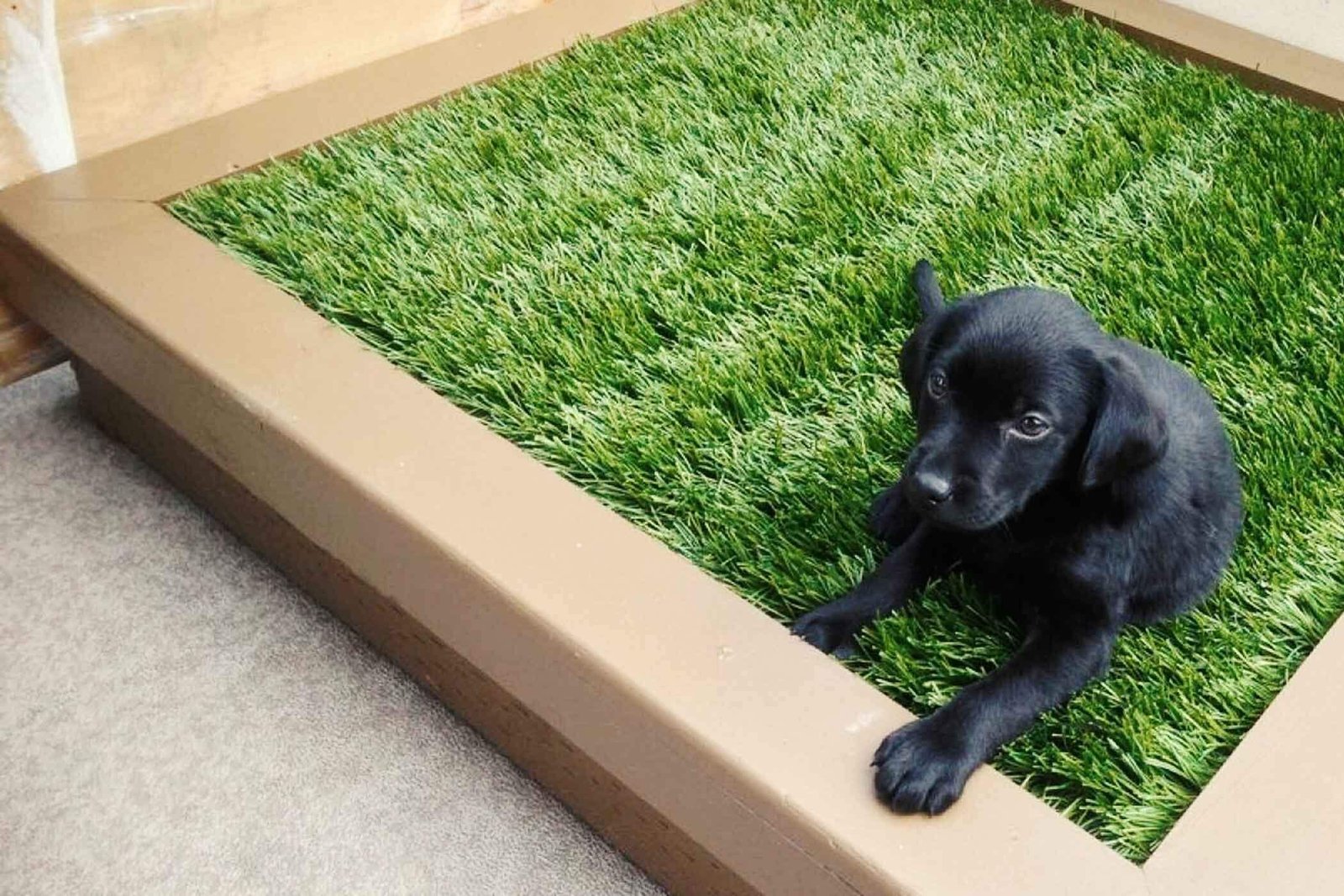
6.Case studies of real-life experiences with using training pads
1.Stories from puppy owners who have successfully used training pads
Sarah and her Yorkie, Luna
When Sarah got her Yorkie, Luna, she was determined to use training pads to teach her to eliminate in a designated area. She placed the training pad in a corner of her apartment and consistently rewarded Luna for eliminating the pillow. Luna caught on quickly, and within a few weeks, she was stopped on the training pad every time she needed to go. Sarah was thrilled with the success of the training pads and noted that they made potty training much more accessible and cleaner.
Mike and his Chihuahua, Bella
Mike lives in a high-rise apartment building in the city, and taking his Chihuahua, Bella, outside whenever she needed to go potty was not feasible. He used training pads to teach Bella to eliminate in a designated area inside the apartment. Mike started by placing the training pad in a specific area and consistently rewarding Bella for using it. Within a few weeks, Bella was eliminating on the training pad every time she needed to go. Mike was grateful for the ease and convenience of using training pads and noted that they made apartment living with a dog much more manageable.
Jess and her Shih Tzu, Max
Jess was concerned about potty training her new Shih Tzu, Max, because she worked long hours and couldn’t take him outside as frequently as she would have liked. She decided to try using training pads to teach him to eliminate in a designated area. Jess placed the training pad in the corner of her living room and consistently rewarded Max for using it. To her surprise, Max caught on quickly, and within a few weeks, he was always using the training pad to eliminate. Jess was relieved that training pads worked so well for her and Max and noted that they made potty training much more manageable given her busy schedule.
2.Stories from puppy owners who have had difficulties with using training pads
Emily and her Bulldog, Bruno
When Emily got her Bulldog, Bruno, she decided to use training pads to teach him to eliminate in a designated area inside the home. She placed the training pad in the living room corner and consistently rewarded Bruno for using it. However, despite her efforts, Bruno would sometimes eliminate next to the training pad instead of on it. Emily tried repositioning the training pad, using a larger pad, and using a scent attractant, but Bruno continued to have accidents. Eventually, Emily switched to taking Bruno outside whenever he needed to go potty, and he quickly caught on. Emily learned that sometimes, training pads just don’t work for every dog and situation.
Mark and his Labrador Retriever, Bella
Mark had high hopes for using training pads to potty train his Labrador Retriever, Bella. He placed the training pad in a specific kitchen area and consistently rewarded Bella for using it. However, Bella would often play with the training pad or rip it apart instead of using it to eliminate it. Mark tried using a larger buffer, placing it in a different kitchen area, and using an additional scent attractant. Still, Bella continued playing with the pad instead of using it properly. Eventually, Mark switched to outdoor potty training and successfully taught Bella to eliminate outside.
Lisa and her Pomeranian, Lily
Lisa thought training pads would be an excellent solution for potty training her Pomeranian, Lily. She placed the training pad in a specific area of the living room and consistently rewarded Lily for using it. However, after a few weeks, Lisa noticed that Lily would eliminate next to the training pad instead of on it. She tried repositioning the place and using a scent attractant, but Lily continued to have accidents. Lisa eventually decided to use a doggy door to allow Lily to go outside whenever she needed to go potty, which worked much better for them.
7.Comparison of experiences with other potty training methods
Real-life experiences with using training pads versus other potty training methods can vary depending on the individual dog, the owner’s lifestyle, and other factors. Here are a few common comparisons:
- Training pads vs. outdoor potty training
Many puppy owners prefer to potty train their dogs to eliminate outside, as this is a more natural behavior and can lead to fewer accidents in the home. However, outdoor potty training requires a consistent routine of taking the dog outside regularly. It may not be feasible for those who live in apartments or have busy schedules. Training pads can be a convenient alternative, allowing dogs to eliminate indoors in a designated area. However, some dogs may struggle to understand that they should only stop on the pad and may have accidents elsewhere in the home.
- Crate training vs. training pads
Crate training involves keeping the dog in a crate or other confined space when they are not being supervised, and taking them outside at regular intervals to eliminate. This method can be effective for preventing accidents in the home, but it requires a significant amount of time and effort to ensure the dog is taken outside frequently enough. Training pads can be a valuable supplement to crate training, allowing the dog to eliminate indoors when they cannot be accepted out. However, some dogs may become accustomed to eliminating indoors and may not want to stop outside.
- Positive reinforcement training with or without training pads
Positive reinforcement training involves rewarding the dog for eliminating in the appropriate area, whether on a training pad or outside. This method can effectively teach the dog where to stop and encourage them to eliminate in that area consistently. However, some dogs may require more structure or consistency than positive reinforcement training alone can provide. Combining positive reinforcement training with a consistent routine of taking the dog outside or using training pads may be necessary for some dogs to grasp where they should be eliminating.
Overall, the best potty training method for a particular dog will depend on the individual dog’s needs and the owner’s lifestyle. While training pads can be a convenient and effective tool for some dogs, they may only work for some dogs, and other methods, such as outdoor potty training or crate training, may be more appropriate. It’s essential to be patient and persistent with training and to be open to trying different methods if one method is not working.
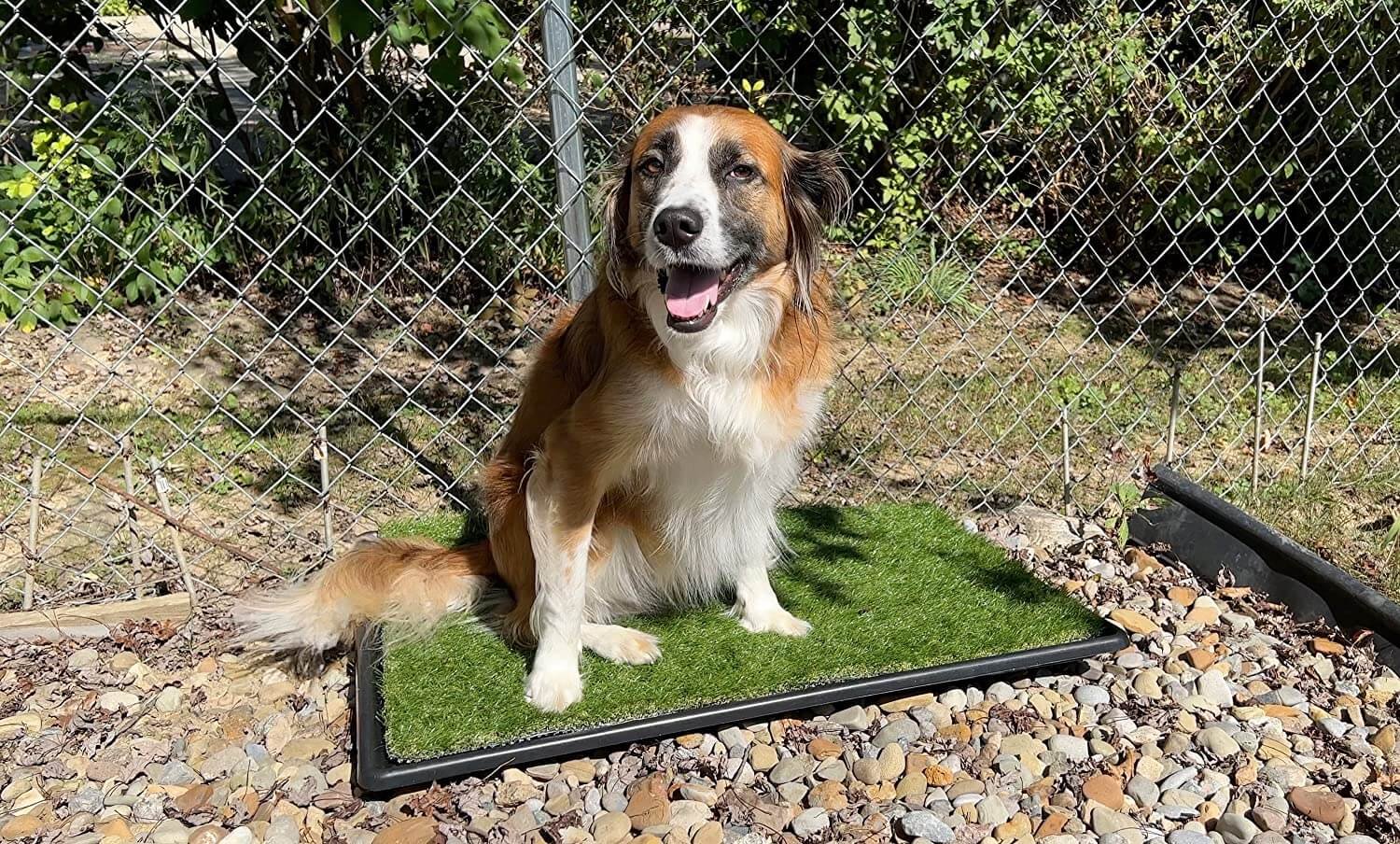
Conclusion
Puppy wee pads are an excellent solution for potty training your dog. They can help you prepare your dog to use a pee pad and be safe at the same time.
Many trainers recommend Puppy wee pads because they have a thick layer of soft grass that absorbs urine, allowing it to pass through quickly without any smell.
Puppies will naturally want to pee on the ground, but starting with a training pad is recommended as it teaches them where to go when urinating. That way, once you introduce grass pads for dogs and potty training grass, your puppy will know it is acceptable to urinate anywhere else in the house, not just in the same spot. Some other great ways to train your dog to go potty on grass are 1. Give them a treat every time they go on the grass.2. Every time you see your dog peeing on the grass, praise them and reward them with a treat.3. If your dog goes potty before you ask for it, point to the grass and say “go potty” and then reward your dog with a treat.4. If your dog has an accident at home, point to the grass and say “go potty” and then reward your dog with a treat.5. Every time they go on a grass pad outside, praise them profusely and reward them with a treat- or have them wear their favorite sweater!

